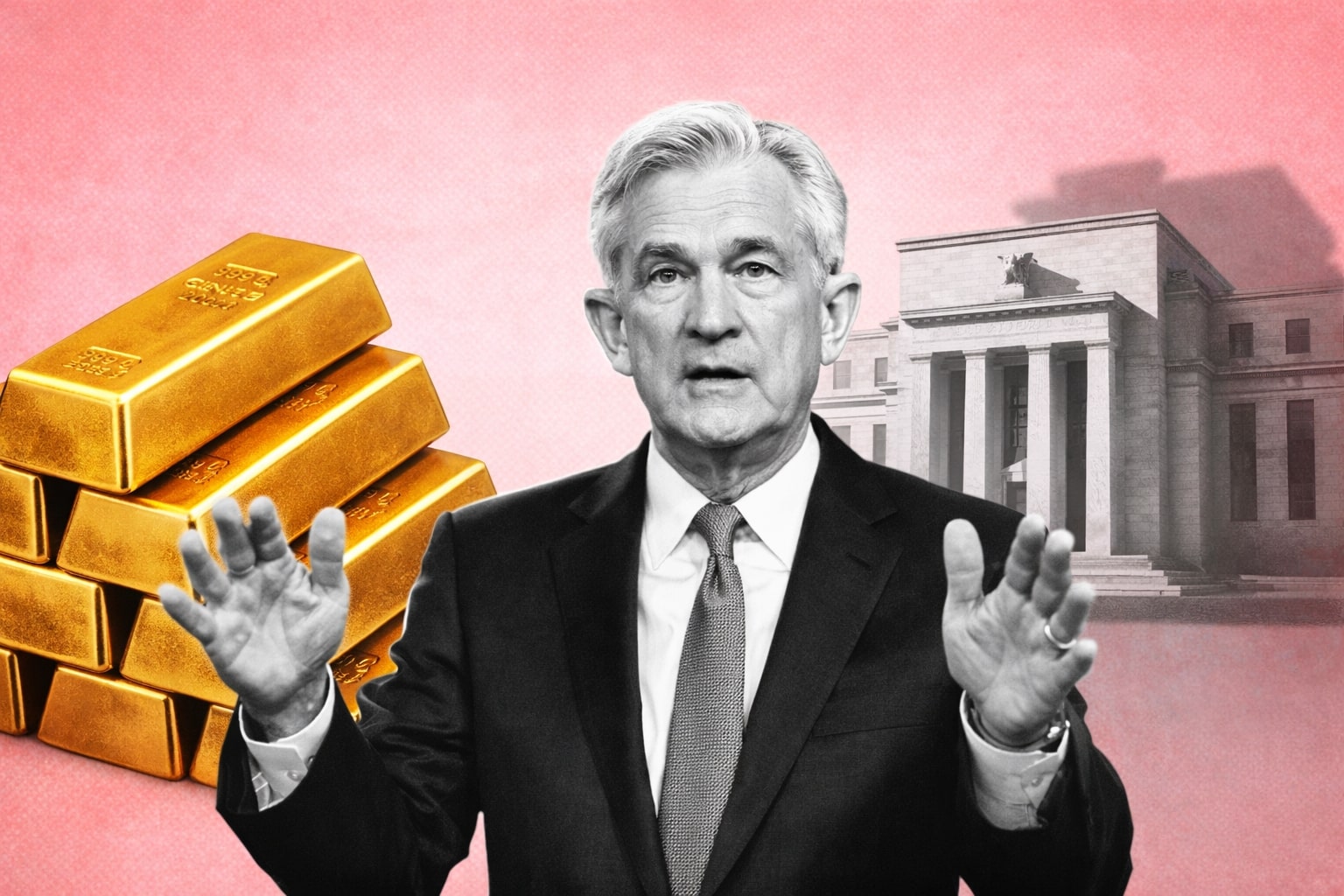Oil Demand Persists: OPEC+ Cuts & Rate Hike Worries Defy Energy Transition
Oil Markets Navigate OPEC+ Supply Cuts and Interest Rate Hikes as Demand for Petroleum-Based Fuels Remains Robust
The global oil market has experienced significant fluctuations in recent weeks, with net-long positions in Brent crude jumping by more than 73,000 contracts, according to data from ICE Futures Europe. This increase, driven by a combination of fresh bullish bets and a drop in bearish ones, came after OPEC+ surprised the market with a new round of production cuts starting in May. Despite concerns surrounding potential interest rate hikes that could curb oil demand, the steady and resilient need for oil and gas continues to shape the market.
Outright long positions have climbed the most since 2019, while short bets have fallen the most since 2020, leading to a large net-change. The ICE data corresponds with the Commodity Futures Trading Commission's figures, which show net-bullish bets in West Texas Intermediate (WTI) jumping the most since 2020 last week. The number of speculative traders holding short bets for WTI and Brent also dropped the most since 2020.
Oil prices briefly settled lower due to concerns about further interest rate hikes that could limit demand. However, the market quickly rebounded, focusing on the tighter global market resulting from OPEC+ supply cuts. Brent crude and U.S. West Texas Intermediate have seen price increases of over 6% and 5%, respectively, since the announcement of production cuts.
In the United States, recent data points to a tight labor market, heightening expectations of another Federal Reserve rate hike. A strong U.S. dollar could make oil more expensive for other currency holders and potentially weigh on demand. Yet, oil prices have continued to edge higher as investors weigh the impact of supply cuts against the potential consequences of interest rate hikes.
Economist Jim Ritterbusch, president of Ritterbusch and Associates, commented on the influence of inflation data on the oil market: "We look for this week's trade to be heavily influenced by inflation data featured by Wednesday's CPI and Thursday's PPI that will likely revive the specter of higher interest rates that could strengthen the U.S. dollar."
Global financial markets eagerly anticipate key reports and updates this week, including a U.S. inflation report, monthly reports from OPEC and the International Energy Agency (IEA), and industry data on U.S. crude stockpiles. These reports will help investors gauge the near-term trajectory for interest rates and update oil demand and supply forecasts.
The recent surge in Brent crude prices can be traced back to OPEC+ announcing output curbs of almost 1.7 million barrels a day. However, prices have struggled for further direction after the initial move. Futures were trading near $85 a barrel, with Brent crude rising 8 cents at $84.26 a barrel and U.S. West Texas Intermediate gaining 11 cents to $79.85 a barrel.
Despite the persistent narrative of an impending "Energy Transition," there is no clear signal from the market that petroleum-based fuels will become obsolete anytime soon. Instead, steady, resilient, and increasing demand for oil and gas remains evident. While alternative energy sources, such as wind, solar, biofuels, and hydrogen, will continue to gain traction, petroleum-based fuels will remain a crucial part of the global energy mix for the foreseeable future.
As the Energy Information Administration (EIA) projects, liquid fuels consumption is expected to continue through 2050 and potentially beyond. The need for petroleum-based fuels is unlikely to dissipate as long as there is a demand for individual transportation, an industrial economy, and a global population relying on energy.
Read More
-
Salesforce Stock Price Forecast - Why CRM Stock Around $238 Still Discounts Agentforce And 34% FCF
14.01.2026 · TradingNEWS ArchiveStocks
-
XRP Price Forecast - XRP-USD Holds Above $2 as Luxembourg EMI and CLARITY Act Cut Regulatory Risk
14.01.2026 · TradingNEWS ArchiveCrypto
-
Oil Price Forecast: WTI Oil Breaks Out Toward $62 as Brent Jumps Above $66 on Geopolitical Risk
14.01.2026 · TradingNEWS ArchiveCommodities
-
Stock Market Today - Dow Slides to 48,977 as BAC, WFC Sink and Gold Blasts to $4,621
14.01.2026 · TradingNEWS ArchiveMarkets
-
GBP/USD Price Forecast - Pound Holds 1.34–1.35 Band As Fed Independence Shock Offsets Strong US Numbers
14.01.2026 · TradingNEWS ArchiveForex



















